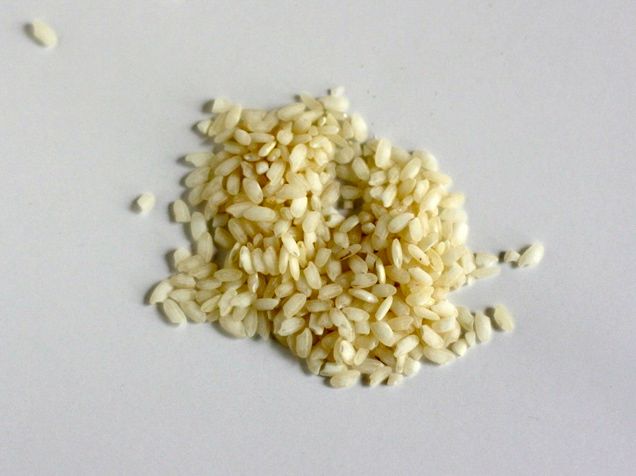
arborio, l
(article, Pat Tanumihardja)
[%pageBreakSettings nobreak=true] The staple food of more than half the world’s population, rice is grown and eaten in large swathes of Asia and the Pacific, Latin America, Africa, and the West Indies. Meanwhile, some of the globe’s most beloved rice dishes — including pilaf, risotto, paella, and luscious rice puddings — come from Europe and the Mediterranean. [[block(sidebar). h1.Featured recipes]] So the bewildering array of rices available today comes as no surprise. The shelves at my local supermarket are lined with dozens of different kinds, varying in color (white, brown, black, red) and shape (short, medium, long) and flavor (jasmine, basmati, and so forth). Still, this is only a fraction of what’s available worldwide. Regardless of origin or color, rice is an excellent addition to your diet. As a low-fat source of carbohydrates, it provides essential vitamins, minerals, and amino acids; plus, it’s gluten-free. Unmilled rice, such as brown rice, is also high in fiber. h3. Buying rice Rice is broadly classified according to its length-to-width ratio. Long- to medium-grain rices are traditionally grown in tropical to sub-tropical climates, whereas medium- and short-grain rices are usually grown in temperate climates. [%image reference-image float=right width=400 caption="Brown basmati rice."] Long-grain kernels are slender and three to four times as long as they are wide. The cooked grains are separate, firm, and fluffy (for example, basmati), making them suitable for dishes like pilafs and biryanis. Long-grain rice accounts for 70 percent of the U.S. rice crop. Medium-grain rice has a shorter, wider kernel (think of Arborio), whereas short-grain rice has a short, plump, almost round kernel (think sushi rice). Both medium- and short-grain rices have cooked grains that are moist and tender and tend to cling together. Medium-grain rice is used for Italian risotto and arroz negro in Spain. Short-grain rice is perfect for sushi and puddings. Rice is usually sold in one- and five-pound bags or in bulk at supermarkets, and in 10- and 20-pound bags at Asian markets. Don’t be afraid to buy in larger quantities; it’s more economical, of course, and rice can be stored for several months in a cool dry cupboard in its original bag, or preferably in an airtight container. Bulk departments at specialty markets are a good choice if you’re an occasional rice-eater or want to try new varieties. They're also perfect for creating your own blend, just like the Koreans do. For the most part, white and unmilled rice can be used interchangeably. But don’t substitute regular rice for glutinous rice, or vice versa. h3. Cooking rice Rice is cooked by boiling or steaming. The absorption method uses just as much water as the rice can absorb; the rapid-boil method is similar to cooking pasta, using a large quantity of water that is drained before serving. Cooking rice in an electric rice cooker is easiest: all it takes is the press of a button. But rice is simple enough to cook on the stove too. In general, white rice uses a rice-to-water ratio of 1:1.5 with a cooking time of 18 to 20 minutes; brown rice, 1:2.5 cups, cooked for 40 to 50 minutes. Let the cooked rice rest for at least 5 minutes, then fluff with a fork. For best results, follow the package directions, but keep in mind that a little experimentation will usually reward you with rice cooked perfectly to your taste. Note that 1 cup raw rice yields about 3 cups cooked rice. Growing up in Asia, I learned always to wash rice before cooking to remove any impurities. Washing also removed leftover starch (and potentially cancerous talc), improving flavor and gumminess. U.S.-grown rice is processed and cleaned before packaging, so there's no need to wash it before cooking it. In fact, if washed, the rice's enrichment coating and other water-soluble vitamins and minerals are lost. The only health concern with American rice is possible arsenic contamination; if you're concerned about this, wash the rice well, then boil it in excess water and drain it thoroughly. For more information on rice varieties, cooking tips, and recipes, read Jeffrey Alford and Naomi Duguid’s excellent tome [%amazonProductLink asin=1579652344 "Seductions of Rice" newpage=true]. h3. Rice terminology Amylose and amylopectin: Rice contains two starches, amylose and amylopectin. In general, long-grain varieties, such as basmati, are high in amylose and cook up drier and firmer. Medium- to short-grain rices (such as Thai jasmine and Japanese-style rice) possess more amylopectin, a starch that makes for a stickier, softer texture. [%image choices float=right width=400 caption="There are so many choices in the rice aisle."]Broken rice: Refers to the lowest grade of rice and also to grains of rice that have been broken into smaller pieces. Available at Asian markets, this rice releases its starches and thickens the cooking liquid, making excellent congee and rice pudding. You can also turn regular rice into broken rice by pounding it with a mortar and pestle. Enriched rice: In the U.S., white rice is often covered with an enrichment coating to replace the nutrients lost during milling. Glutinous/pearl/sticky/sweet/waxy rice: Glutinous rice is composed primarily of amylopectin and almost negligible amounts of amylose (maximum 1 percent) and comes in short- and long-grain varieties. It is also available white or black. When cooked, this rice loses its shape and turns gelatinous and sticky. Milled/polished rice: All white rices are milled — that is, in addition to the husk, the bran (the hard outer layer of the grain) and the nutritious germ have also been removed. Milling makes white rice faster to cook and easier to chew, but also strips it of most of its fiber and nutrients. New crop: This term refers to rice that is grown and harvested in the current season and will always be labeled as such. New-crop rice has not dried out as much as older rice, so it has a more delicate flavor and a lush mouthfeel. Plus, it requires less water for cooking. If unsure, always experiment with smaller quantities first. Parboiled rice: Rice that's been first soaked, then steamed, allowing the rice grains to absorb nutrients from the husk before hulling. This makes parboiled rice almost as healthy as brown rice. Easily identified by its glassy look and yellowish tinge, it cooks up firmer and less sticky. In North America, parboiled rice is usually precooked and dried, and labeled "converted" or "instant" rice (think brands like Minute Rice and Uncle Ben’s). Rosematta rice is a red parboiled rice from Kerala, India. Partially milled/semi-milled/semi-polished rice: This is rice with the bran removed but the germ left intact. Unmilled/unpolished rice: Unmilled rice is considered a whole grain and has both the bran and the germ intact. Brown rice is unmilled, as are black and red rices. To shave off cooking time, soak unmilled rices for at least 30 minutes or overnight. h2. A glossary of rice [[block(clear). [%image arborio width=300 float=right caption="Arborio rice"] Arborio: Arborio is the most widely available Italian rice in the U.S. Considered a medium grain, it is popular in risotto (although some complain it doesn’t absorb broth as well as Carnaroli; see below) and is suitable for pilafs and rice puddings, too. When making risotto or pilafs, fry the grains briefly in oil or fat to keep the grains separate when cooked. Italian rices are graded according to quality. Buy the top grade, “superfino,” for risotto. ]] [[block(clear). [%image carnaroli width=300 float=right caption="Carnaroli rice"] Carnaroli: This medium-grain rice from Italy is difficult to grow. It has a high starch content that allows it to absorb liquids and flavors while keeping its shape. It resists overcooking and yields a creamy consistency that makes it the preferred rice for classic risotto. ]] [[block(clear). [%image valencia width=300 float=right caption="Valencia rice"] Valencia: A short-grain rice, Valencia is a Spanish rice traditionally used to make paella (hence, it's also called paella rice). It’s different from other short-grain rices because it absorbs moisture without breaking down; when fully cooked, the individual grains of rice remain whole. Arborio or another medium-grained Italian rice can be used as a substitute, but will yield a creamier dish. Use Valencia rice to stuff dolmas or other vegetables. ]] [[block(clear). [%image redcarmague width=300 float=right caption="Red Camargue rice"] Red Camargue: A little-known red rice from the Camargue region of southern France, this rice has a delicious earthy flavor combined with a little nuttiness. When cooked, it is slightly sticky. Cook the rice as you would pasta, in a good quantity of salted water or broth. When the rice is al dente, drain it, then dress it with olive oil, salt, pepper, and chopped fresh herbs. ]] [[block(clear). [%image whitegrainlong width=300 float=right caption="White long-grain rice"] White long-grain rice: The most versatile of all rices, white long-grain rice is the standard rice consumed in North America. Sometimes called Carolina rice, its fluffy texture and neutral flavor is perfect for Southern classics like dirty rice and jambalaya, or in pilafs and fried rice. ]] [[block(clear). [%image blgr width=300 float=right caption="Brown long-grain rice"] Brown long-grain rice: Brown rice has the germ and bran intact, making it rich in fiber, minerals, and vitamins. Most rices are available in white or brown varieties, but as it is a whole grain, brown rice is considered a healthier choice than white. Long-grain brown rice is high in amylose, resulting in a firmer, more absorbent kernel when cooked. Cooked long-grain rices are therefore fluffier than short-grain rices. ]] [[block(clear). [%image jasmine width=300 float=right caption="Jasmine rice"] Jasmine: A long- to medium-grain rice originally from Southeast Asia (most commonly Thailand, but also Vietnam and Cambodia), jasmine rice is also grown in the U.S. So aromatic it was named after the sweet-smelling jasmine flower, this rice has clear crystalline grains and cooks to a soft, slightly clingy texture. Hom Mali, a strongly scented hybrid developed in Thailand, is widely available in Asian markets in the United States. Jasmine rice is the ideal rice for fried rice. It's also the rice of my childhood. ]] [[block(clear). [%image basmatibrown width=300 float=right caption="Brown basmati rice"] Basmati: An aromatic rice, basmati grows in the foothills of the Himalayas in northern India and Pakistan, as well as some parts of the U.S. It is a very long, needle-shaped rice, and elongates even more when cooked. Basmati is available white or brown (usually American-grown) and is ideal for north Indian and Persian cooking, since the grains stay separate and firm when cooked. Use it for biryanis or tahdig (a Persian rice dish with a crispy bottom), or pair it with South Asian curries. Dehra Dun from India is the most prized of the basmati varieties and is available at well-stocked South Asian markets. ]] [[block(clear). [%image bsgr width=300 float=right caption="Brown short-grain rice"] Brown short-grain rice: This rice is just as nutritious as its long-grain cousin, but has a chewy, stickier texture because it possesses more amylopectin. Brown rice — whether long or short — can be substituted in any dish that calls for white rice. Just vary the rice-to-water ratios and cooking times. ]] [[block(clear). [%image japanesesushi width=300 float=right caption="Japanese/sushi rice"] Japanese/sushi rice: A short- to medium-grain rice, the raw grains of sushi rice are slightly glassy and translucent. Although the grains still separate when cooked, this rice has a stickier texture in comparison to long-grain rice. That’s why it’s often called sticky rice. Rice grown in Japan is not exported. However, Calrose and Kokuho Rose (Koda Farms) are both California-grown, medium-grain, Japanese-style varietals that come in white or brown varieties. To make superior sushi, try the Tamaki brand’s premium Koshihikari short-grain rice, which also comes semi-milled. Traditionally, Japanese rice is washed until the water rinses clear, then drained before cooking. ]] [[block(clear). [%image hagamai width=300 float=right caption="Haigamai"] Haigamai: Haiga is the Japanese word for germ, and this “germ” rice undergoes a special milling process that preserves the nutritious germ. Easier to digest than brown rice and just as flavorful as white, haigamai is a wonderful compromise for those who want a more nutritious rice but don’t like the chewy texture of brown rice. Haigamai cooks just like white rice. ]] [[block(clear). [%image Bhutanese width=300 float=right caption="Bhutanese red rice"] Bhutanese red rice: Bhutanese red rice is a medium-grain rice that is slightly milled so the red of the outer bran layer is still on the rice in patches. The cooked rice is pale pink with a soft and slightly clingy texture. Other countries, including Thailand, Vietnam, and India (Kerala red rice is needle-thin and long like basmati), also produce similar red rices. Because it is semi-milled, it cooks in about 20 minutes. ]] [[block(clear). [%image chineseblack width=300 float=right caption="Chinese black rice"] Chinese black rice: In ancient China, black rice was considered the finest grain, reserved for the Emperor. Hence its trademarked name of “Forbidden Rice” (Lotus Foods). Rich in anthocyanins and antioxidants, this medium-size heirloom rice has a dark purple color and also contains more vitamin B, niacin, vitamin E, calcium, magnesium, iron, and zinc than white rice. Grown in northern China, black rice is traditionally made into congee, but its roasted nutty taste is delicious in salads and fried rice, too. A whole grain, black rice has a white kernel underneath the black-colored bran layer. Cook it as you would brown rice. ]] [[block(clear). [%image thaiblack width=300 float=right caption="Thai black glutinous rice"] Thai black glutinous rice: This rice has a sweet, nutty taste and, when cooked, turns a deep purple color. Boil with water and palm sugar to make a sweet porridge and drizzle with coconut milk. ]] [[block(clear). [%image whiteglutinous width=300 float=right caption="White long-grain glutinous rice"] White long-grain glutinous rice: At the Asian market, this rice is often sold in bags labeled “malagkit,” its Tagalog name, even though the rice most likely comes from Thailand. In the Philippines, malagkit is cooked in coconut milk, then wrapped in banana leaves. Also a staple in northern Thailand and Laos, it is served with curries and grilled meats, and in the dessert sticky rice with mango. Before cooking (steaming is the ideal method), wash the raw rice well and soak it overnight. ]] [[block(clear). [%image wsgg width=300 float=right caption="White short-grain glutinous rice"] White short-grain glutinous rice: Most often sold as Japanese sweet rice (mochi gome),_ this rice is pounded into flour for making mochi, the traditional rice cakes eaten at New Year, and an array of Japanese sweets and confections. When raw, white glutinous rice is opaque and white. It turns translucent and clumps together after cooking and is slightly nutty and sweet. Brown sweet rice is also available. ]] [[block(clear). [%image wildrice width=300 float=right caption="Wild rice"] Wild rice: Wild rice is technically not a grain but the seed of an aquatic grass. It is high in protein and dietary fiber and low in fat, and it's also a good source of minerals and B vitamins. Native to the Great Lakes region, as well as the Gulf Coasts, wild rice is now cultivated in California and Oregon. Wild rice can be eaten on its own or blended with other rices. Try it in salads, stuffings, and pilafs. Using a 1:3 rice-to-water ratio, cook wild rice in a large saucepan of lightly salted boiling water until tender, 45 to 55 minutes. Drain. ]] This glossary is just a starting point. With an ever-expanding selection of hybrids and heirloom rices coming on the market, such as Jasmati (a jasmine—basmati hybrid grown in Texas) and Lotus Foods’ Organic Madagascar Pink Rice, it’s impossible to be comprehensive. So please, if you don't see your favorite rice here, tell us about it. p(bio). Pat Tanumihardja is a writer specializing in food, travel, and culture, based in the Washington, D.C. metro area. She is the author of The Asian Grandmothers Cookbook and keeps a blog by the same name.

arborio, l

basmatibrown, l
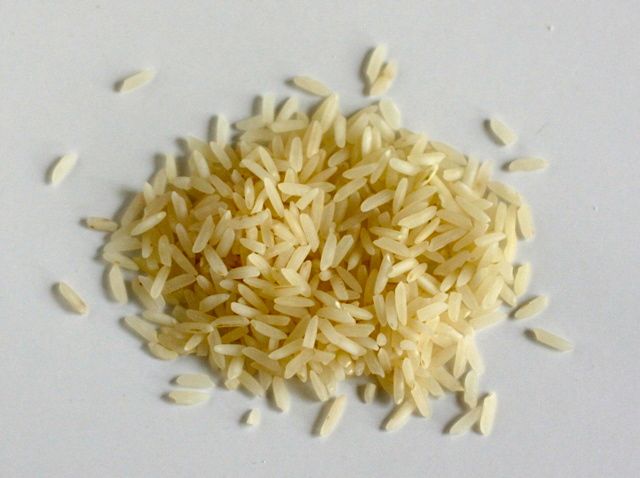
basmatiwhite, l
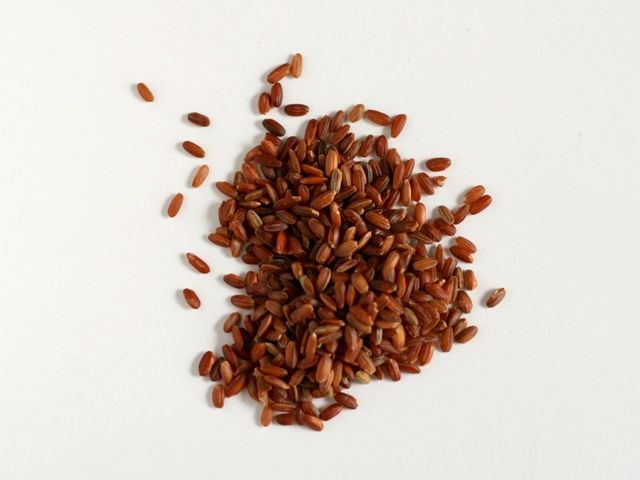
Bhutanese, l
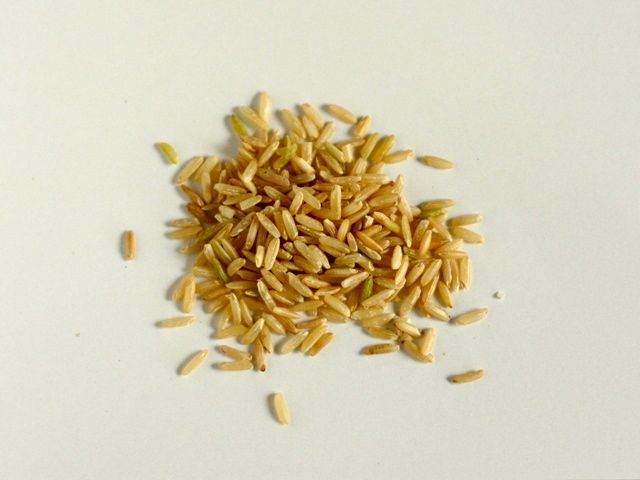
blgr, l
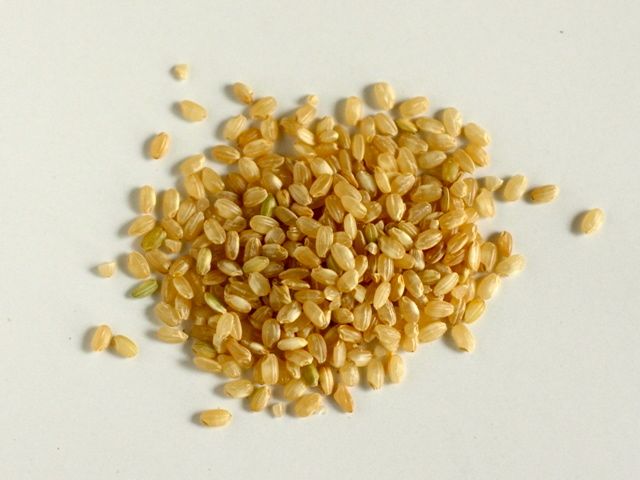
bsgr, l
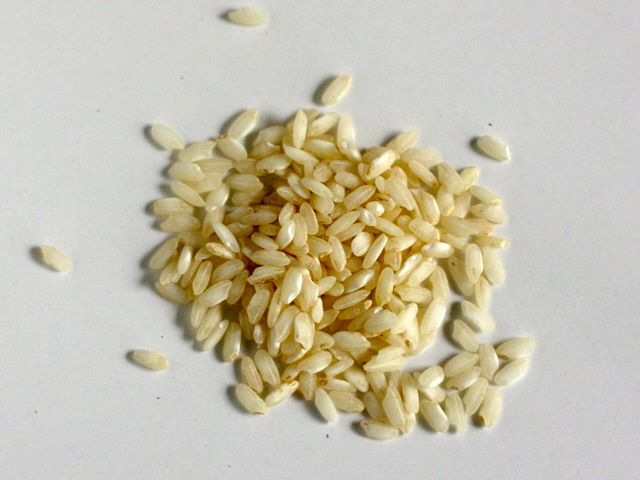
carnaroli, l
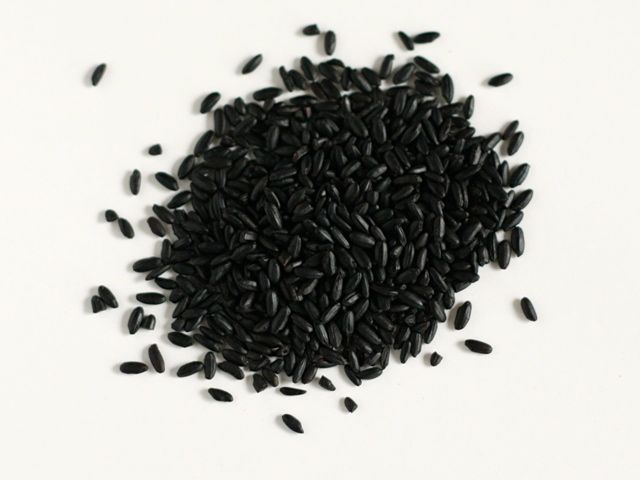
chineseblack, l
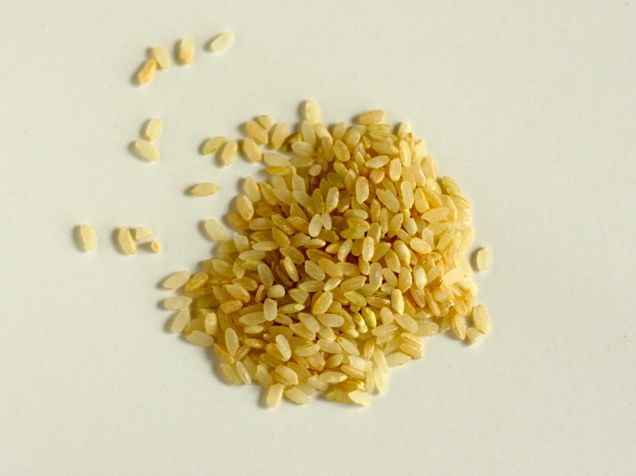
hagamai, l
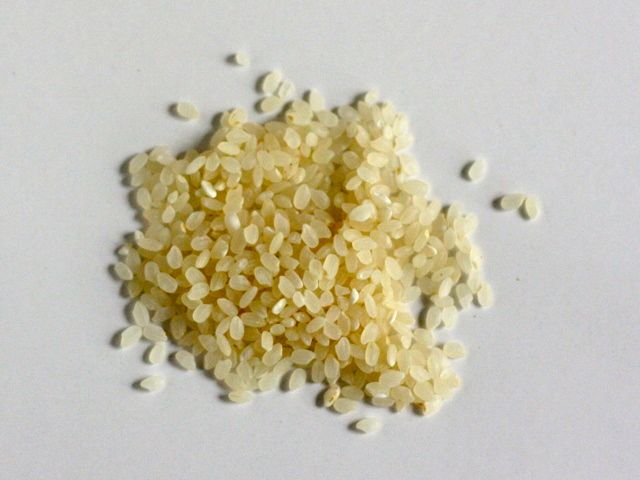
japanesesushi, l
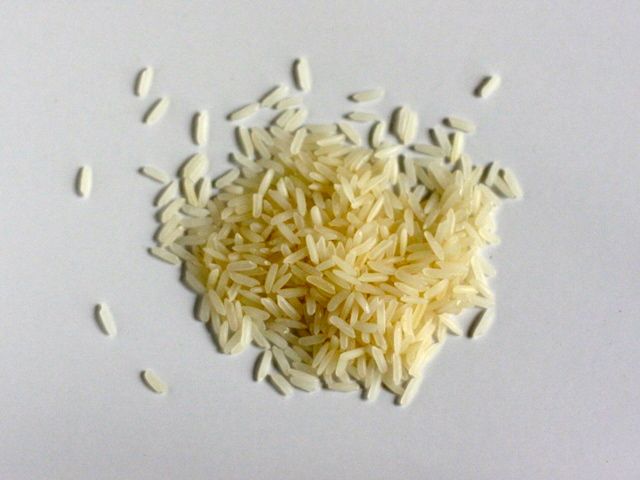
jasmine, l
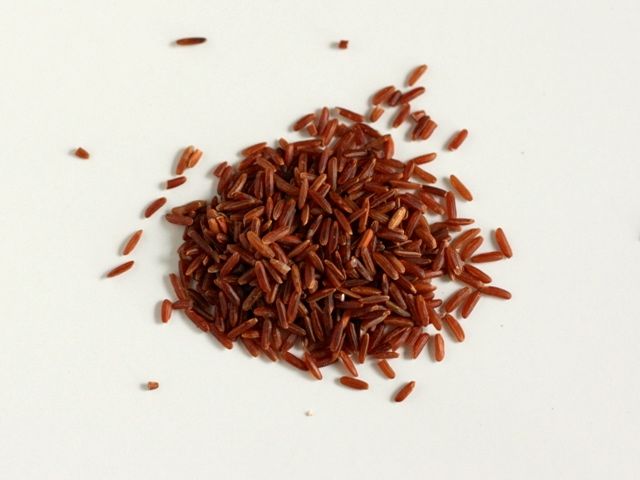
redcarmague, l
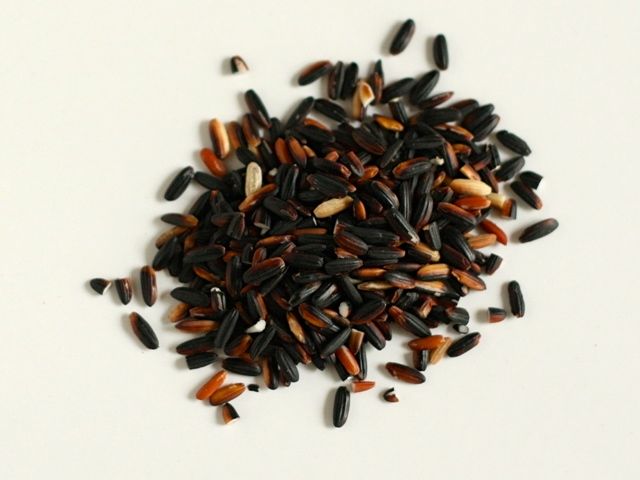
thaiblack, l
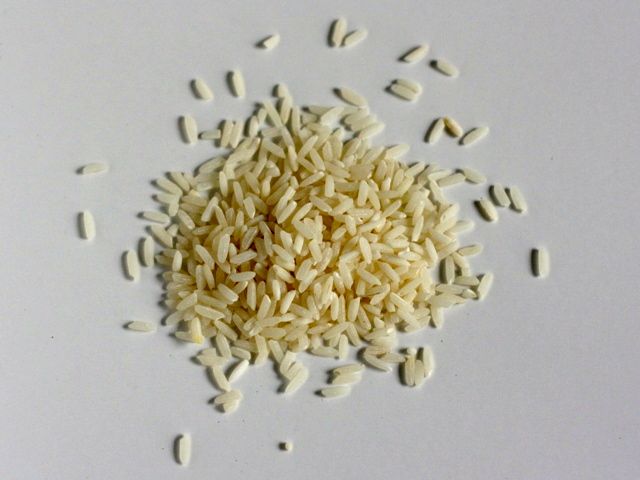
whitegrainlong, l
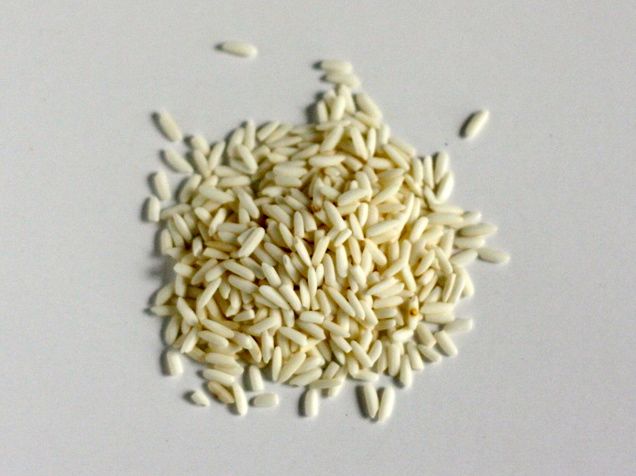
whiteglutinous, l

wildrice, l
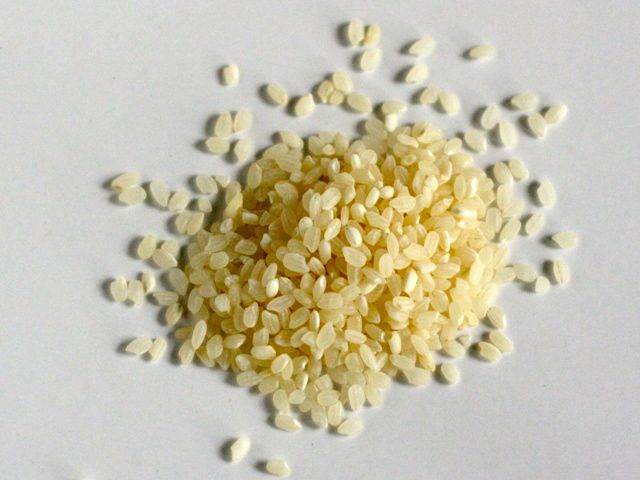
valencia, l
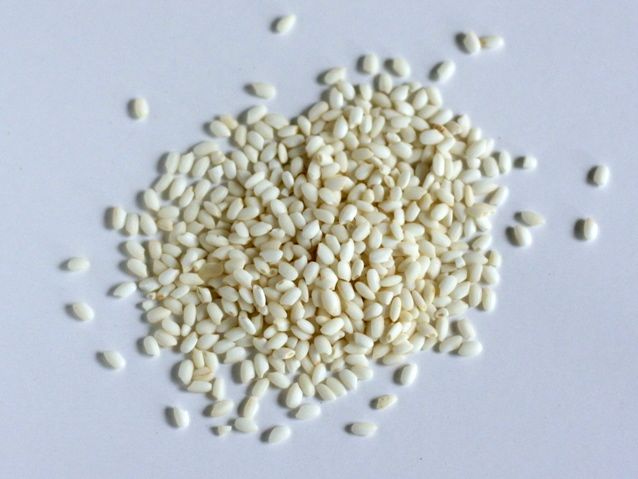
wssg, l
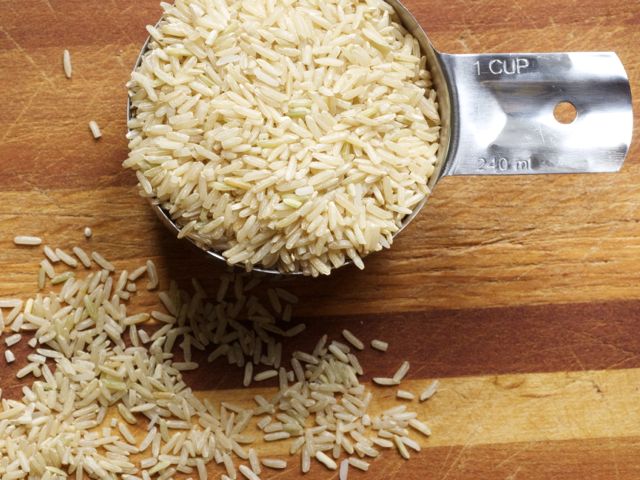
reference-image, l
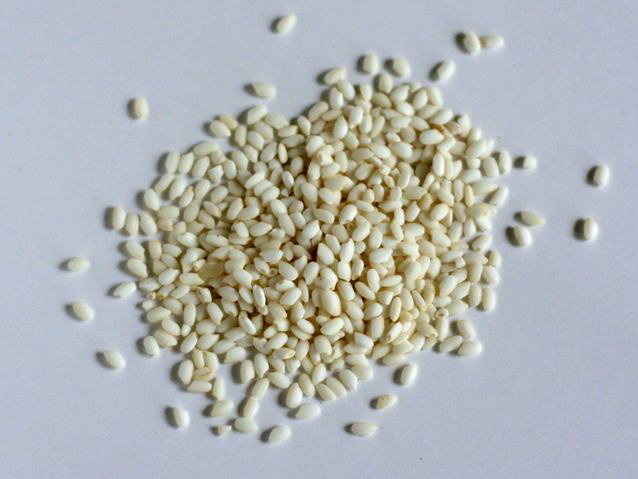
wsgg, l
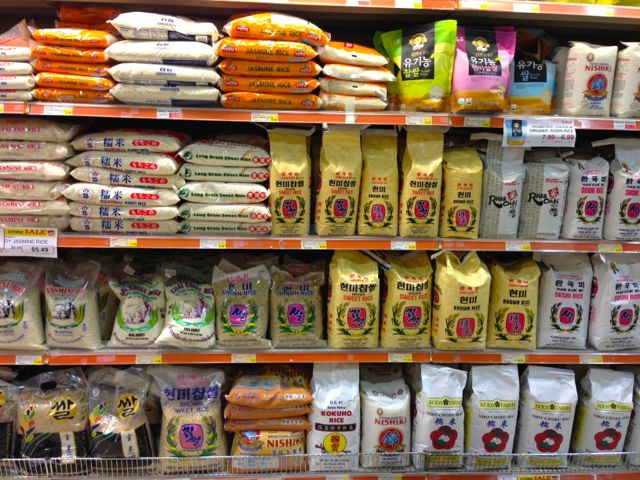
choices, l